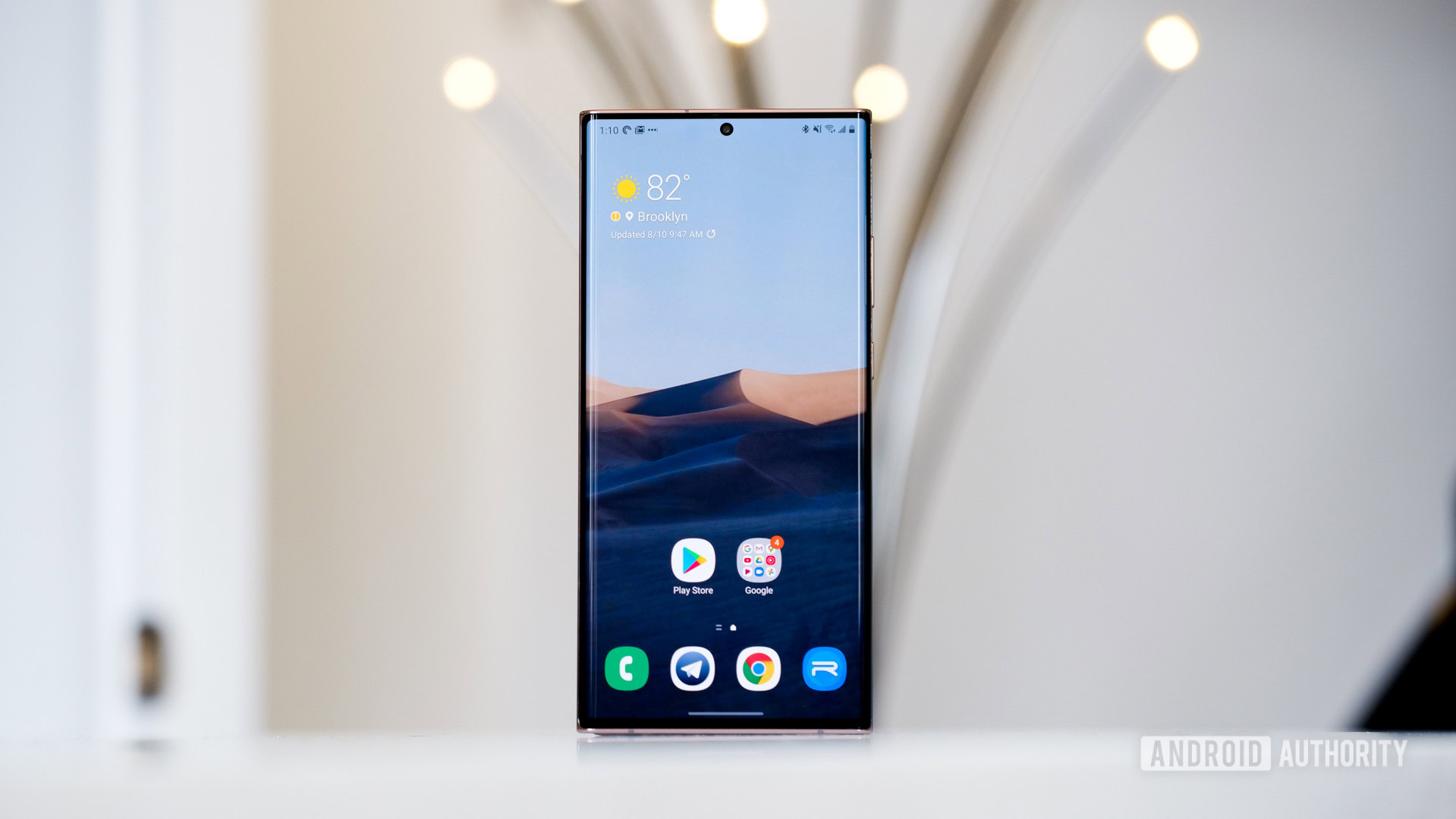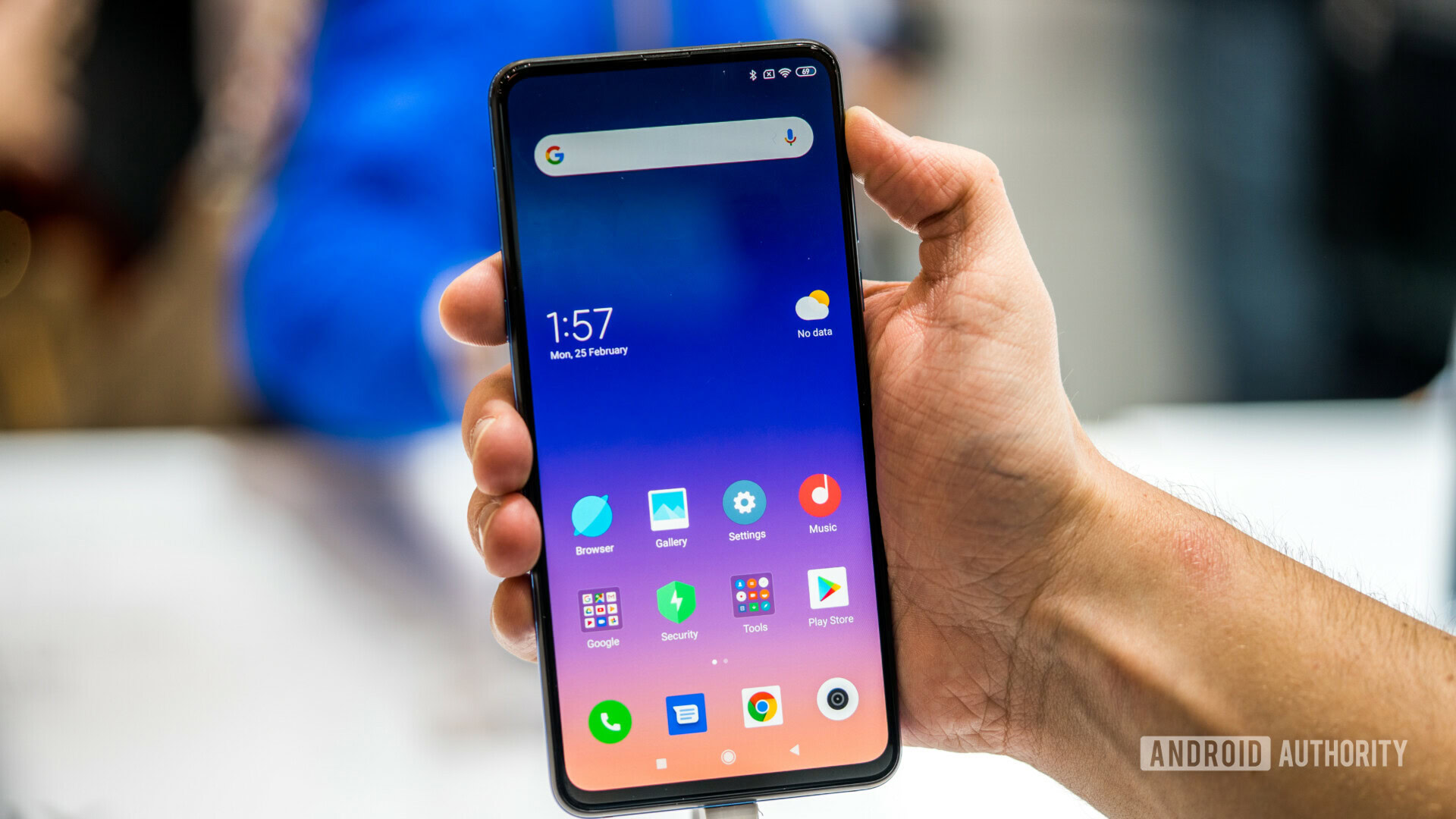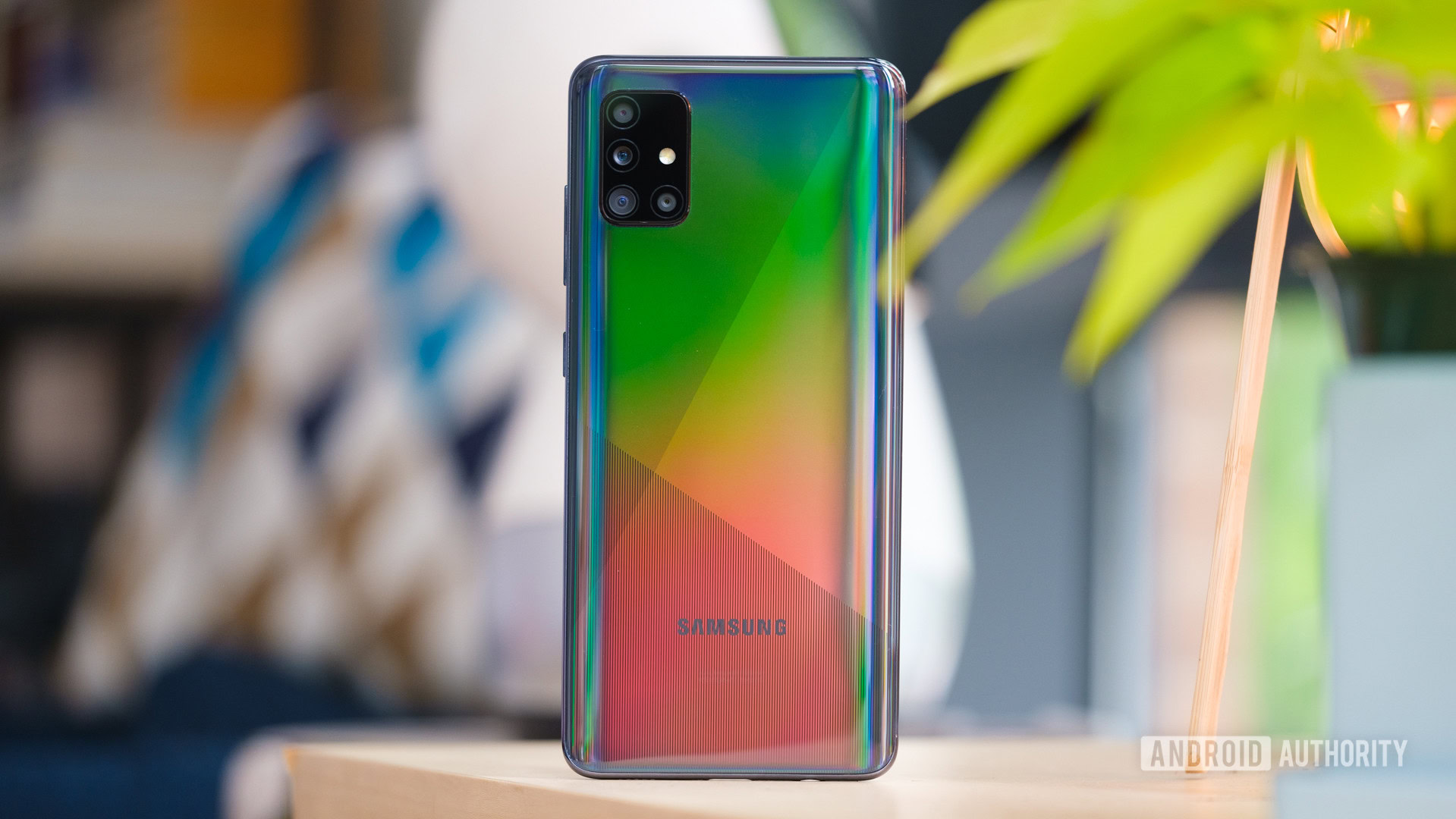Affiliate links on Android Authority may earn us a commission. Learn more.
Samsung has raised the bar for Android updates

Samsung had a surprising announcement for us at the Galaxy Note 20 series launch, as it confirmed a lengthier commitment to updates for its recent smartphones, foldable devices, and tablets.
More specifically, the firm says it’s now offering three years/generations of Android version upgrades instead of two. This applies to the Galaxy S10 series onwards (including the S10 Lite), the Galaxy Note 10 family onwards (including the Galaxy Note 10 Lite), the Galaxy A51 and higher, the Galaxy Tab S6 range and upwards, and all the firm’s foldables.
In other words, that means if you bought a Galaxy S20 series phone, you can expect to get Android 13 when it launches.
Solving one of Android’s biggest issues
The significance of this announcement can’t be overstated. Android OEMs have long stuck to a two-year period of Android version updates for the most part.
Aside from Google — Android’s owner and gatekeeper — there have been very few companies that stretch beyond the two-year update cycle. OnePlus is one outlier, recently evidenced by updates for the OnePlus 5 and OnePlus 5T. These two phones received three version upgrades, with Android 10 arriving earlier this year. But more often than not, we’ve seen brands try to weasel their way out of delivering even two updates rather than overdeliver.
One of the more disappointing examples of this was Motorola initially saying its Edge Plus smartphone would only be guaranteed a single Android version update. The company later changed its mind after media and consumer pressure began to mount, eventually promising it would offer two updates. The mere fact that the company tried to get away with one update for a $1,000 phone is indicative of the wider issue facing consumers.
Samsung's move to offer three years of Android updates come as some OEMs struggle to deal with two years of updates.
We’ve even seen companies like Xiaomi only updating their MIUI Android skin for some lower-tier devices rather than updating the underlying Android version too. Although this is better than no updates at all, it still means your device won’t be compatible with some apps sooner rather than later and won’t be getting the same security patches as other Android devices.
It’s particularly galling when Apple’s iPhone range receives updates for up to five years, which means that an iPhone 11 or new iPhone SE could still receive updates in 2024/2025. Meanwhile, you could easily be stuck with a phone released in 2020 that stops receiving updates in 2021.
Related: iPhone 6S getting iOS 14 is like the Galaxy S6 getting Android 11. Imagine that.
Hurdles in the way of more updates

There are a number of reasons why brands skimp on longer update pledges for their phones.
System updates don’t just come out of thin air, as it often requires time, money, and labor to develop, test, and deploy. So it’s understandable that some smaller companies might not have that kind of money or resources around.
Another obstacle in the way of longer update pledges is the sheer variety of phones in many companies’ portfolios. A particular OEM may have to prioritize certain phones because they’re more popular or are more powerful and can therefore offer a smoother experience. A streamlined portfolio is definitely advantageous in terms of updates.
Related: Android 10 rollout — Which phone brand was fastest?
This is something OnePlus has benefitted from with — up until very recently — only two phone series’ per calendar year. Meanwhile, between its core flagships and its budget Redmi devices, Xiaomi has released over 20 phones in 2020 alone — and that’s not even including phones from its POCO sub-brand.
Technical challenges associated with developing Android updates are another reason we don’t see a long commitment to updates from manufacturers. This isn’t as big of a problem today owing to Google initiatives like Project Mainline and Project Treble that help simplify the process. Nevertheless, between the numerous component combinations, various Android skins, and low-level tweaks made by OEMs to the operating system, there’s a lot of work that needs to be done if you aren’t making use of Android One or stock Android in general.
Samsung is taking things up a notch

Despite all these challenges in the way of Android manufacturers, Samsung has shown that it is indeed possible for brands to offer more than two years of major version updates. And not just for flagships either, as mid-range phones like the Galaxy A51 too will also benefit from the revised update promise.
Granted, the South Korean manufacturer is a colossus of a company with billions of dollars in revenue each year, so it’s able to spare resources for additional software updates. But this should also serve as a warning to other top Android companies like HUAWEI, Xiaomi, and LG that are flush with resources too.
Samsung has sent a clear message: three years of updates is the new standard.
Samsung is effectively telling new and existing customers that they’ll be taken care of for a long time. This is especially relevant in 2020, as smartphone spending has dropped dramatically and people are holding onto their phones for longer than ever. By catering to this trend, Samsung is also building up goodwill with its existing users, encouraging brand loyalty by showing that they’re willing to go the extra mile for them.
As the biggest name in Android by market share and by reputation, Samsung is incredibly influential. Time will tell if others follow in its footsteps and commit to longer updates, but for now, it’s an important step in the right direction.
Has Samsung’s decision to offer Android updates for three years made you considering buying a Samsung phone over other brands? Let us know in the poll below!